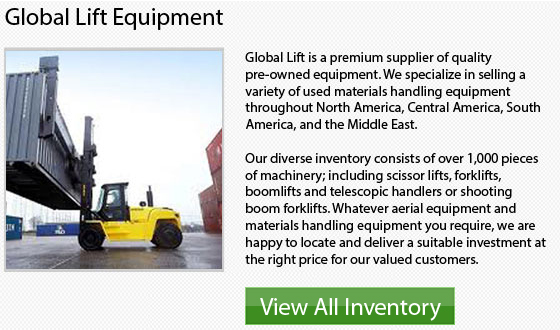
Electric Lift Truck Specs
Forklifts are used for lifting and carrying cargo in job locations such as construction and warehousing. Forklifts are available in different classes that utilize various kinds of fuel. The electric lift truck is becoming extremely common in a wide array of businesses. They are powered by rechargeable lead-acid batteries that are more powerful and bigger than automobile batteries. In this broad category of electric forklift, there are various sub-types distinguished by some common specifications.
Load Capacity
The amount of\total weight a lift truck model could support is the load capacity.
Stroke
The vertical lift travel of the forklift is the stroke. It describes the total difference between the fully-loaded and fully-raised positions of the specific lift truck.
Classes
Classes of forklift categorize machines by type in an effort to organize the features of the different models. Forklifts are divided into eight classes. Classes III, II and I pertain to electric forklifts. Class I forklifts cover electric motor trucks designed to be ridden by the operator while in operation. Class II electric lift trucks are recommended for pulling and stocking products in a warehouse and are made for efficiency in narrow aisle environments. Class III electric forklifts are motor-powered hand trucks which are utilized by a person who walks behind the unit.
Battery Specifications
Battery specifications provide information regarding what kind of performance you can expect from them. Nearly all lift trucks have a plate which identifies the amount of volts available from the battery. The weight of the battery will normally be specified on the forklift too, because that information is needed to know the amount of weight the lift truck should support. Normally the information also consists of the forklift weight without the battery.
Input
The input is the energy the battery of the lift truck is made to accept while charging. This is actually an essential specification. Like for example, an electric forklift might be able to accept either 460 or 230 volts at a time.